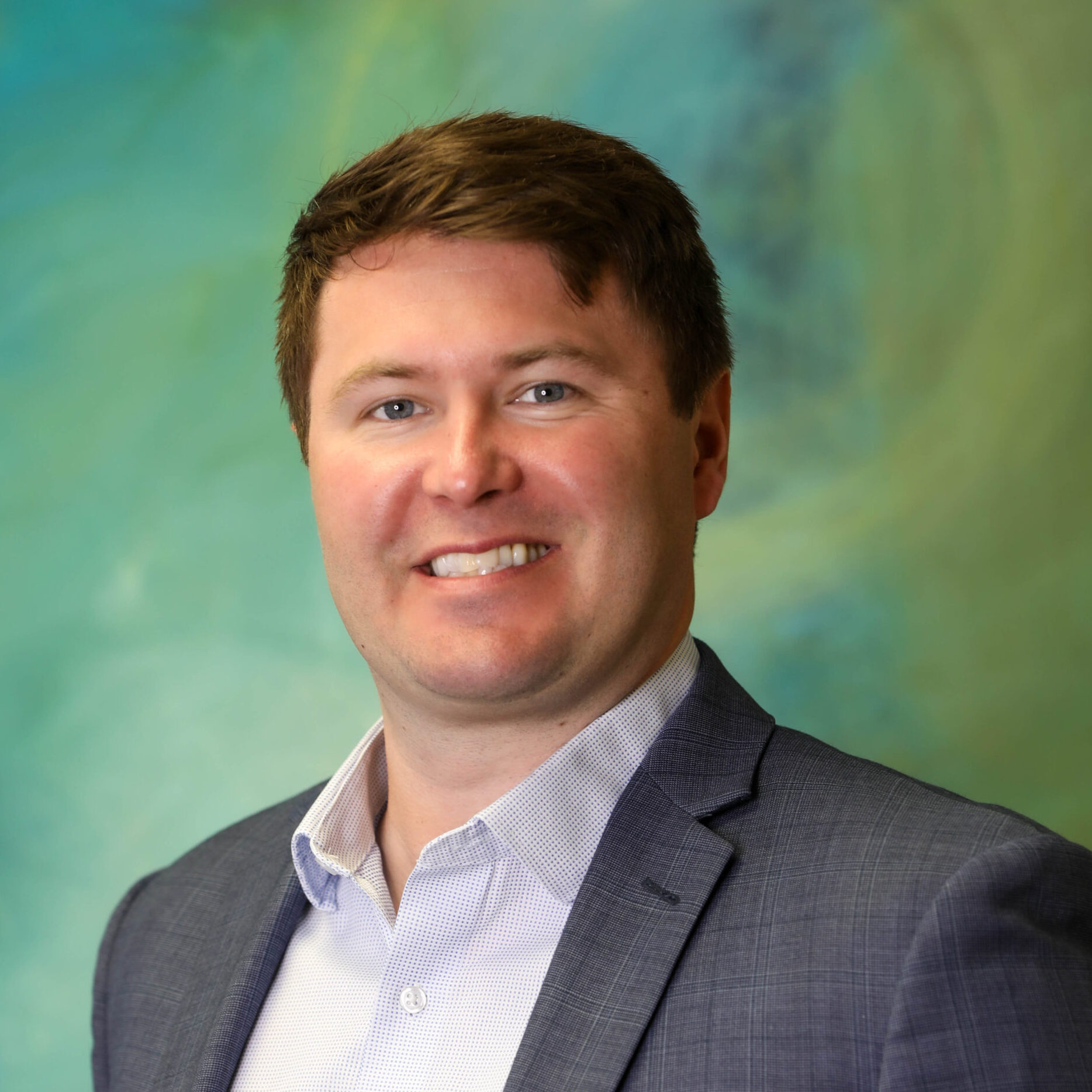
“Swimming in data” is a phrase just about everyone working in healthcare today can relate to. At a Nashville Health Care Council (NHC) luncheon last week, Dr. Toby Cosgrove pointed out that, not only are healthcare organizations overloaded with data, they’re struggling to make meaningful use of it. And that’s just one area of complexity that healthcare executives and providers are dealing with.
A cardiac surgeon, Dr. Cosgrove is the Executive Adviser for the Google Cloud Health Care and Life Sciences Team as well as an Executive Adviser and former President and CEO of the Cleveland Clinic. He sees technology playing an even bigger role in healthcare going forward, and his role at Google over the past six months has been to help the company develop a unified healthcare approach and strategy.
At the NHC luncheon, Dr. Cosgrove shared a number of interesting lessons from his work with both Google and the Cleveland Clinic, as well as some thoughts about where healthcare technology is headed. Here are a few of the highlights.
- Managing and using data: Cosgrove sees many opportunities for healthcare organizations to leverage technology and get more out the data already being collected. One area he highlighted in particular is the opportunity to use de-identified patient data for research analysis. And while patients are concerned about the security of their personal medical data, Dr. Cosgrove believes that patient data is more secure in the cloud than when it’s physically filed in a hospital setting.
- Increasing transparency: Fifteen years ago, the Cleveland Clinic opened up their charts to patients, one of the first — if not the first — healthcare organizations to do so. Recent CMS policy change will make medical record information available to all patients, and patients are continuing to expect more transparency from payers, more transparency around outcomes and more access to their own data.Internally, the Cleveland Clinic has started posting doctors’ HCAHPS scores publicly. Department heads are asked to use those scores to rank their doctors, celebrate the top 10% and manage the bottom 10%.
- The growing use of telemedicine: The Cleveland Clinic now sees about 40,000 patients a year via telemedicine. The Neurology division — where, for example, Parkinson’s patients can be seen in their home environment through video — has been one of the primary departments where telemedicine has really taken off.
- Alleviating physician burnout: There’s a fourth element of the triple aim, which is making the experience better for caregivers. Physician burnout has increased dramatically in recent years, and part of that stems from the time physicians have to spend on dealing with poorly designed digital health records. Google is working to help combat physician burnout through a variety of tech advancements. One that Dr. Cosgrove highlighted is natural voice recognition, which works as a scribe for the doctor into the EMR. An EMR that understands what the doctor says can write the note itself.
- Centering around the patient experience: The Cleveland Clinic was the first health system in the U.S. to hire a Chief Experience Officer to help with the patient experience, and that process has affected everything, from hospital décor to patient gowns to visiting hours. Dr. Cosgrove also organized their hospitals around the patients instead of using the traditional “guild” system of physicians.
- The benefits of starting small: Being disrupted by a Silicon Valley upstart is something that every industry worries about, but Dr. Cosgrove believes that change will come to healthcare more gradually. The reason? Most Silicon Valley-based tech companies don’t understand healthcare.Instead of trying to resolve the really big issues out of the gate, he says that tech firms will be better served by addressing some of the basic challenges that will have a big impact, like simplifying the ability to schedule an appointment or enabling patients to get an accurate bill immediately after the visit.By the same token, he advises tech start-ups or product innovators to find a champion within the organization you are selling to rather than going immediately to the COO of a regional health system or hospital.
One final point worth noting is the critical role leadership plays. There are 250 doctors in leadership positions at the Cleveland Clinic, and they have to be able to communicate effectively and have a high level of emotional intelligence, not just clinical skill. Dr. Cosgrove emphasized how important these leaders are to the organization’s success.
The event was not only a great opportunity to network and meet other healthcare professionals in Nashville, it was a reminder that the Nashville Healthcare Council is committed to attracting industry thought leaders who bring their unique experiences and expertise to our most challenges areas of healthcare.
Questions about Virsys12? We’d love to chat. Fill out our Contact Us form and we’ll be in touch!

“Swimming in data” is a phrase just about everyone working in healthcare today can relate to. At a Nashville Health Care Council (NHC) luncheon last week, Dr. Toby Cosgrove pointed out that, not only are healthcare organizations overloaded with data, they’re struggling to make meaningful use of it. And that’s just one area of complexity that healthcare executives and providers are dealing with.
A cardiac surgeon, Dr. Cosgrove is the Executive Adviser for the Google Cloud Health Care and Life Sciences Team as well as an Executive Adviser and former President and CEO of the Cleveland Clinic. He sees technology playing an even bigger role in healthcare going forward, and his role at Google over the past six months has been to help the company develop a unified healthcare approach and strategy.
At the NHC luncheon, Dr. Cosgrove shared a number of interesting lessons from his work with both Google and the Cleveland Clinic, as well as some thoughts about where healthcare technology is headed. Here are a few of the highlights.
- Managing and using data: Cosgrove sees many opportunities for healthcare organizations to leverage technology and get more out the data already being collected. One area he highlighted in particular is the opportunity to use de-identified patient data for research analysis. And while patients are concerned about the security of their personal medical data, Dr. Cosgrove believes that patient data is more secure in the cloud than when it’s physically filed in a hospital setting.
- Increasing transparency: Fifteen years ago, the Cleveland Clinic opened up their charts to patients, one of the first — if not the first — healthcare organizations to do so. Recent CMS policy change will make medical record information available to all patients, and patients are continuing to expect more transparency from payers, more transparency around outcomes and more access to their own data.Internally, the Cleveland Clinic has started posting doctors’ HCAHPS scores publicly. Department heads are asked to use those scores to rank their doctors, celebrate the top 10% and manage the bottom 10%.
- The growing use of telemedicine: The Cleveland Clinic now sees about 40,000 patients a year via telemedicine. The Neurology division — where, for example, Parkinson’s patients can be seen in their home environment through video — has been one of the primary departments where telemedicine has really taken off.
- Alleviating physician burnout: There’s a fourth element of the triple aim, which is making the experience better for caregivers. Physician burnout has increased dramatically in recent years, and part of that stems from the time physicians have to spend on dealing with poorly designed digital health records. Google is working to help combat physician burnout through a variety of tech advancements. One that Dr. Cosgrove highlighted is natural voice recognition, which works as a scribe for the doctor into the EMR. An EMR that understands what the doctor says can write the note itself.
- Centering around the patient experience: The Cleveland Clinic was the first health system in the U.S. to hire a Chief Experience Officer to help with the patient experience, and that process has affected everything, from hospital décor to patient gowns to visiting hours. Dr. Cosgrove also organized their hospitals around the patients instead of using the traditional “guild” system of physicians.
- The benefits of starting small: Being disrupted by a Silicon Valley upstart is something that every industry worries about, but Dr. Cosgrove believes that change will come to healthcare more gradually. The reason? Most Silicon Valley-based tech companies don’t understand healthcare.Instead of trying to resolve the really big issues out of the gate, he says that tech firms will be better served by addressing some of the basic challenges that will have a big impact, like simplifying the ability to schedule an appointment or enabling patients to get an accurate bill immediately after the visit.By the same token, he advises tech start-ups or product innovators to find a champion within the organization you are selling to rather than going immediately to the COO of a regional health system or hospital.
One final point worth noting is the critical role leadership plays. There are 250 doctors in leadership positions at the Cleveland Clinic, and they have to be able to communicate effectively and have a high level of emotional intelligence, not just clinical skill. Dr. Cosgrove emphasized how important these leaders are to the organization’s success.
The event was not only a great opportunity to network and meet other healthcare professionals in Nashville, it was a reminder that the Nashville Healthcare Council is committed to attracting industry thought leaders who bring their unique experiences and expertise to our most challenges areas of healthcare.
Questions about Virsys12? We’d love to chat. Fill out our Contact Us form and we’ll be in touch!




